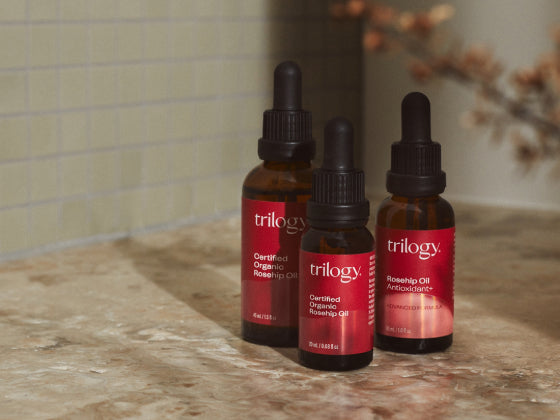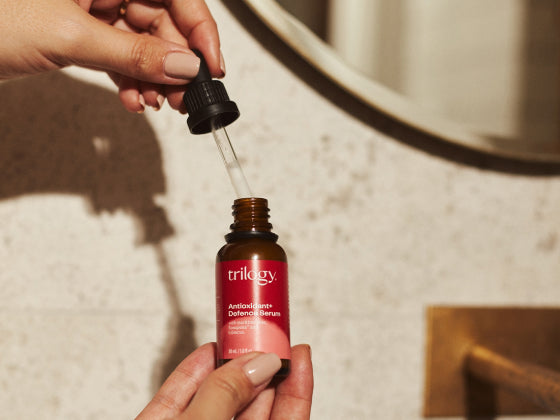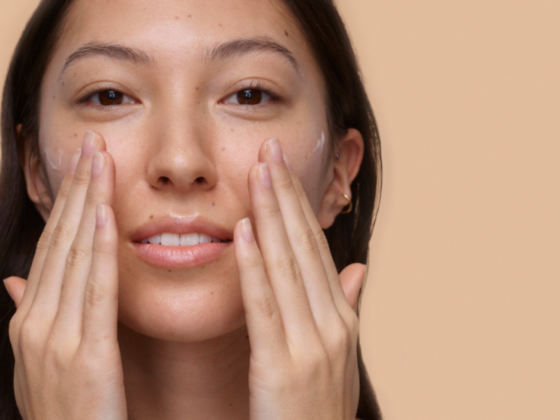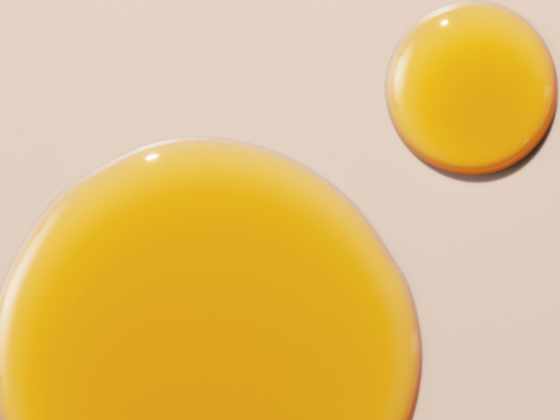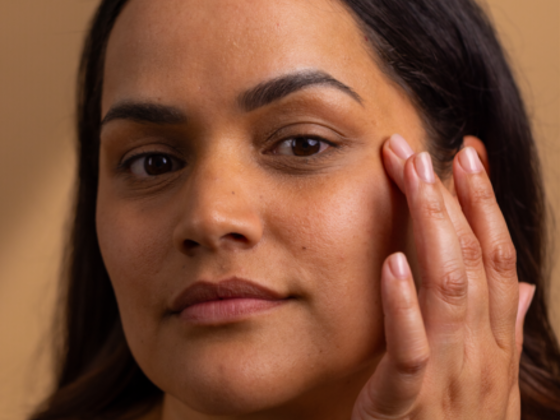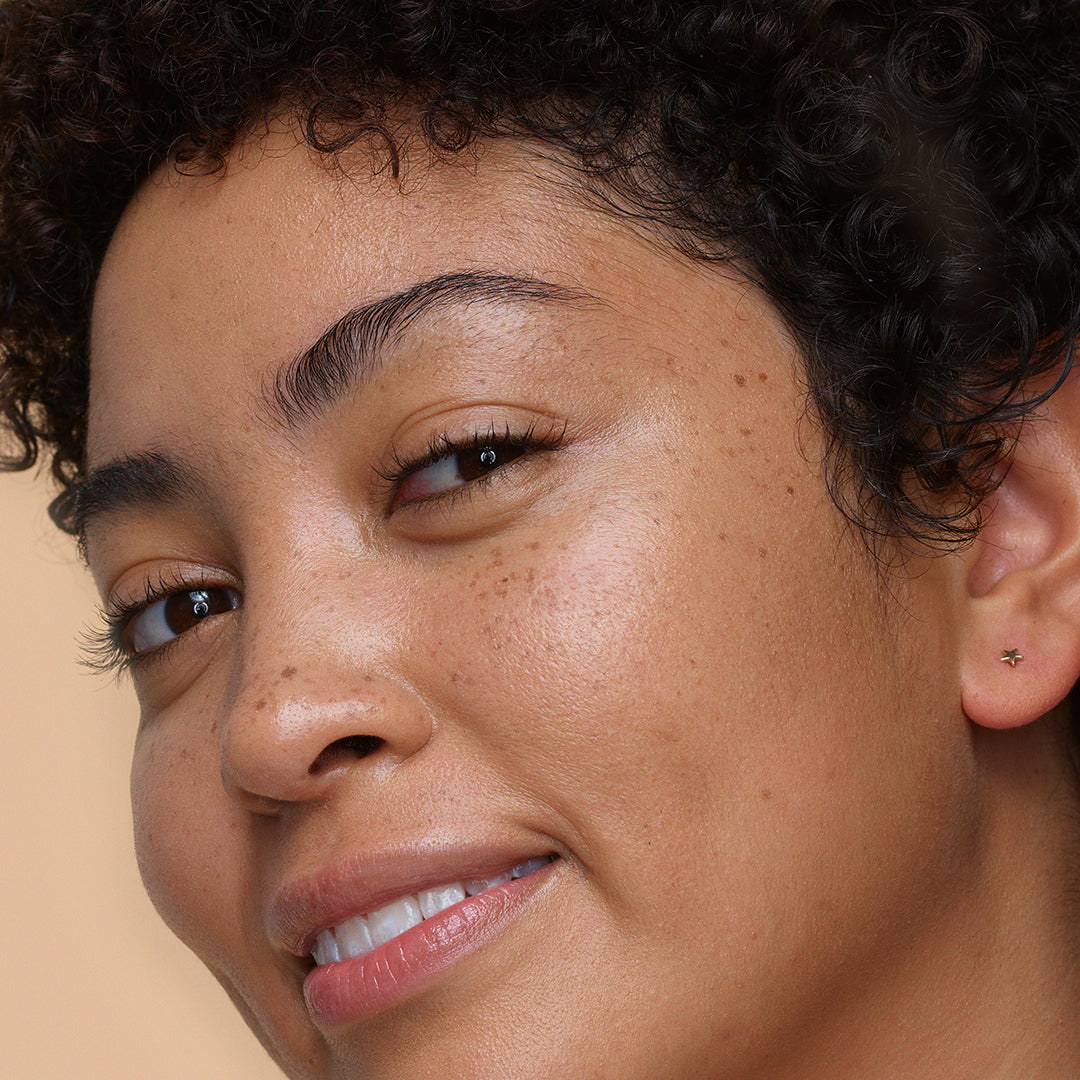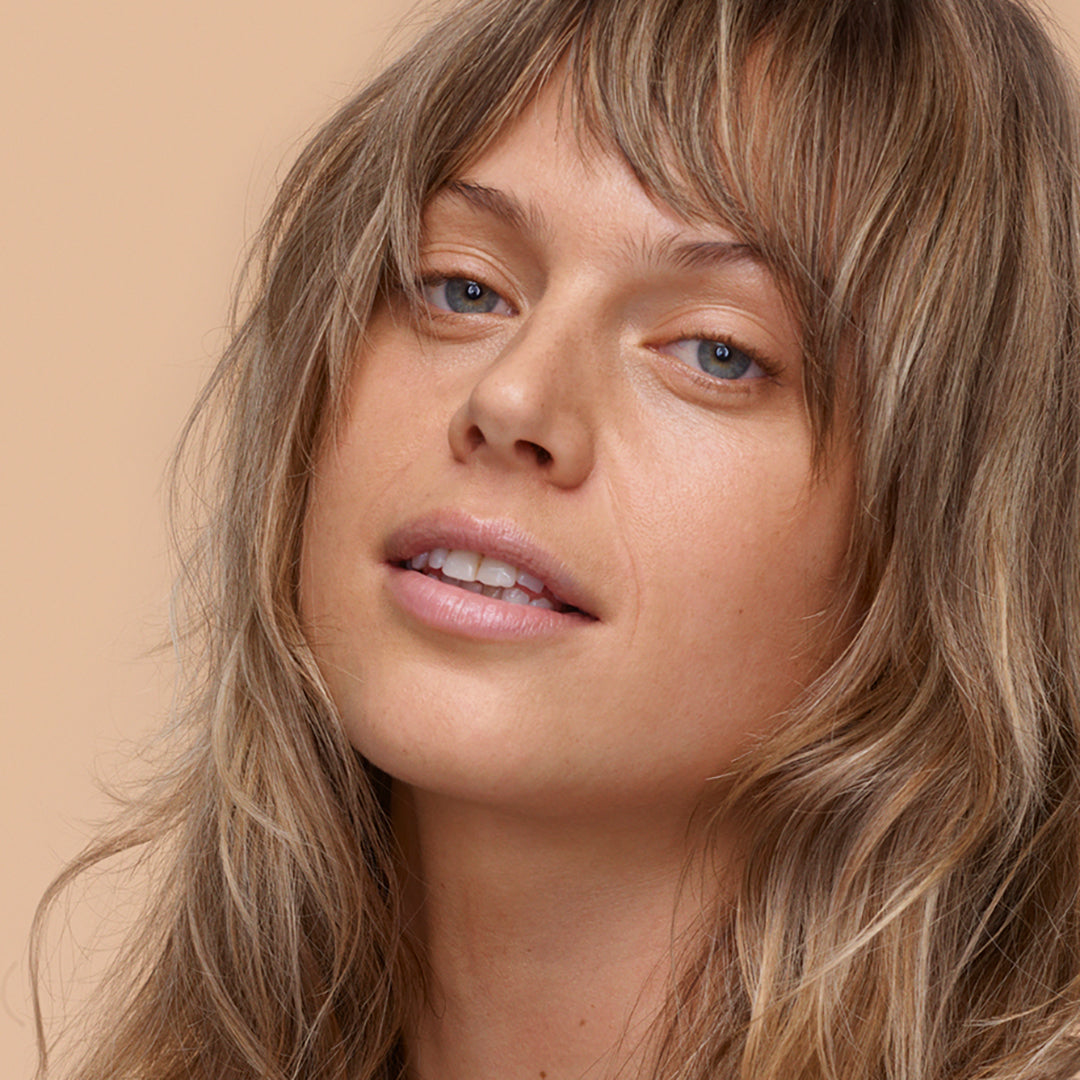Life would be so easy if we could all use the same skincare routine. We could follow blindly the advice of friends, family, influencers without having to experiment or read endless reviews online. Instead, each of has our own skin profile, unique to us, and while that might mean finding a routine isn’t as easy, we have made it a little easier by telling you how to know your skin type and the ingredients to look for that will have it looking its best.
Dry/Dehydrated Skin
First of all, these are two different things. Dry skin is when we’re not producing enough sebum (oil). While we don’t want excess sebum, we need some to keep our skin supple. Dehydrated skin is when we ourselves are dehydrated and therefore our skin is dehydrated too. For those with this skin type, expect regularly flaky or scaly skin as well as some tightness. If you wear make-up, you also might notice that the flakiness of the skin is more apparent.
Handy tip: You can also tell your skin is dehydrated if you put your fingertips to your cheek and push gently in and up, notice if you have some faint horizontal lines. The more severe these are, the more dehydrated the skin. The answer to that, of course, is water water water.
Handy tip: You can also tell your skin is dehydrated if you put your fingertips to your cheek and push gently in and up, notice if you have some faint horizontal lines. The more severe these are, the more dehydrated the skin. The answer to that, of course, is water water water.
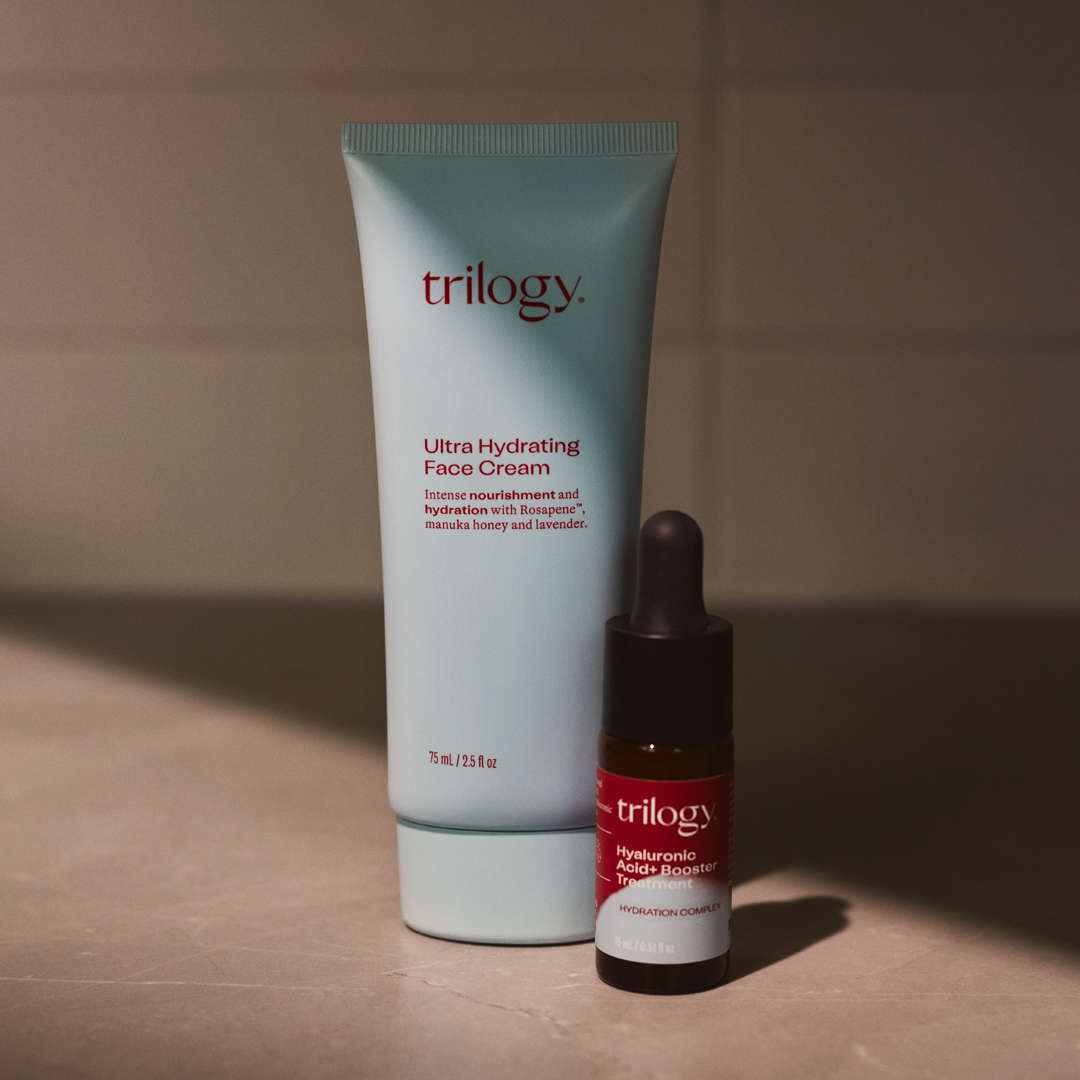
What to use:
A moisture-rich routine. Look for hydration superpower hyaluronic acid. This is important for moisturising skin as it draws moisture from the environment, binds it to your skin and keeps it there.
Incorporate an oil into your routine (thirsty skin LOVES rosehip oil because it’s loaded with essential fatty acids) and use a rich night cream at night like the Vitamin C Ceramide Night Cream. The Ceramide III from our vitamin C night cream is a skin-identical lipid that’s been shown to improve skin hydration in just seven days.
Dull Skin
This isn’t exactly a scientific term but just something you know. Some easy signifiers however are if you feel like your skin looks like it doesn’t reflect light, if it looks wan or paler than normal, and if it feels dry or a bit ‘flat’, then what you need is some natural brightening.

What to use:
When you think ‘dull skin’ think ‘vitamin C’. It helps reduce hyperpigmentation by inhibiting excess melanin production, it’s an antioxidant so it prevents cell damage, and it’s anti-inflammatory so it helps even skintone and reduce redness.
Regular exfoliation and gentle hydration brighten the skin’s appearance by revealing younger looking skin, allowing all your serums and moisturisers to penetrate the skin, and giving skin its bounce with essential fatty acids and skin-identical lipids found in moisturisers and beauty oils.
The Vitamin C Booster Treatment is made from potent vitamin C as well as hyaluronic acid so it’s both brightening and hydrating.
Oily/combination Skin
If you have oily skin, you will notice it on all areas of the face. If you find you’re oily sometimes or only in some patches, this is combination skin. If your face could be described as shiny, if it gets oilier as the day goes on, and if you were to press a tissue to the skin and see a damp patch – then this is the section for you!
A benefit of oily skin is that it keeps the skin hydrated which can prevent wrinkles and premature ageing. However, it can also cause breakouts and, for make-up wearers, can make prepping the skin challenging.
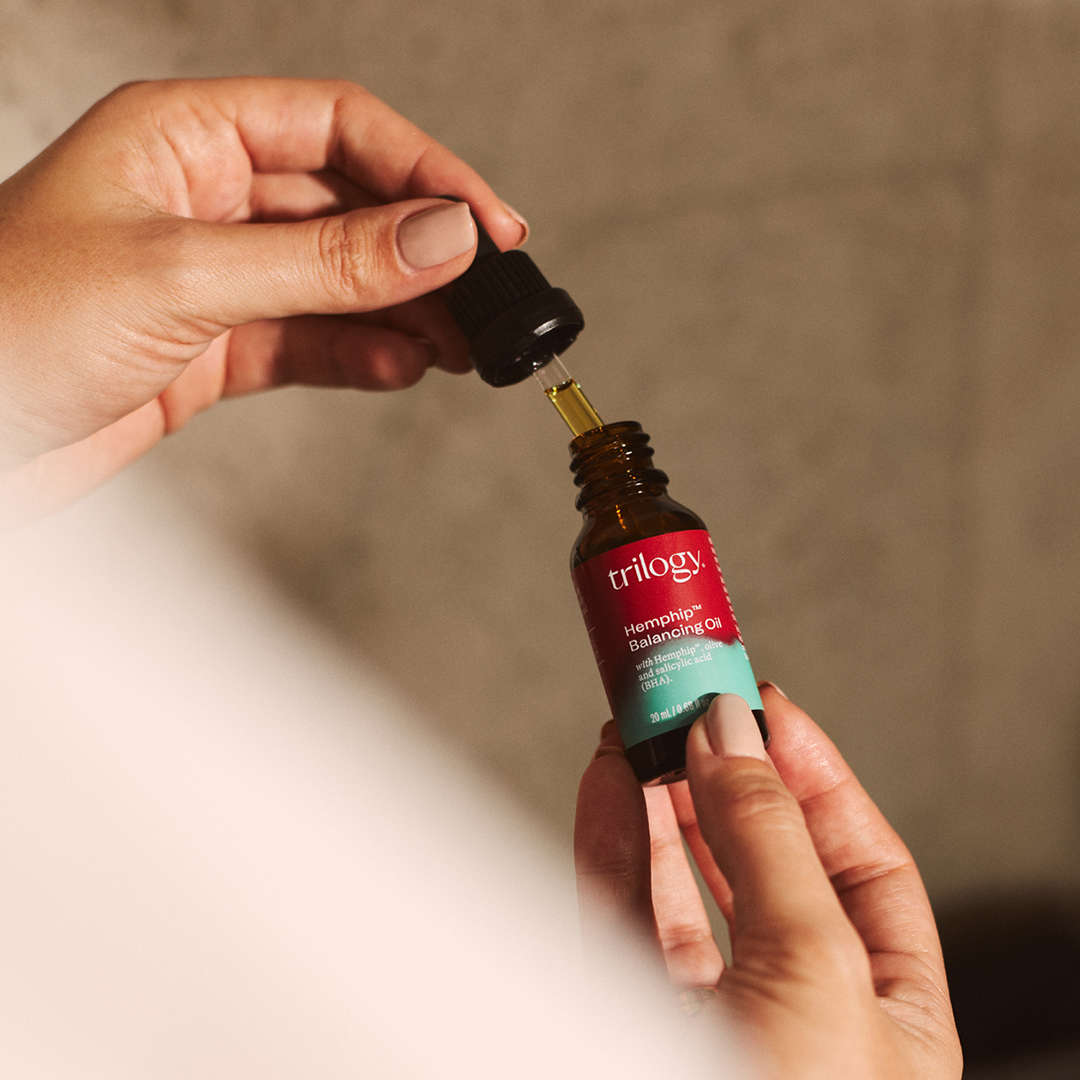
What to use:
Salicylic acid is your best friend here. Not only is it lightly exfoliating, but it breaks down oil on the skin and just below the skin’s surface. When oil is trapped in the pores (which can occur without sufficient exfoliation) it results in breakouts.
Salicylic is a BHA and is found in our oily/combination range with red and green packaging. If you think you’re more combination than oily, focus more acutely on those areas of your face and go gently over the rest. A product like the clarifying cleansing gel can be left on the skin for a up to a minute or so to allow the acid to work its magic.
Salicylic is a BHA and is found in our oily/combination range with red and green packaging. If you think you’re more combination than oily, focus more acutely on those areas of your face and go gently over the rest. A product like the clarifying cleansing gel can be left on the skin for a up to a minute or so to allow the acid to work its magic.
Ageing Skin
If your skin is ageing you might notice: a loss of elasticity, fine lines and wrinkles, a papery texture, and hyperpigmentation. Since, as we age, we produce less collagen all those signs of ageing are inevitable as this is what gives skin its bounce and plump.

What to use:
If the signs of ageing are lines, dullness, slackness, and hyperpigmentation then the way to address those is with ingredients that smooth, brighten, plump, and even.
The best ingredients, then, will be rich in antioxidants (vitamins C & E, Rosapene™), encourage collagen production and cell turnover (CoQ10, vitamin C, bakuchiol), and plump and hydrate (hyaluronic acid, Glycablend TM). You can find all these ingredients in our ageless range (the red and purple packaging).
Sensitive Skin
Not to be confused with sensitised skin (which is temporary), those with sensitive skin will likely have it their whole lives. If you’re prone to reactions, itchiness, or inflammation from skincare products, SPF of even some fabrics, then natural skincare is best.

What to use:
First, use only products that are dermatologically tested to ensure they’ve been tested on skin and are unlikely to cause a reaction.
Second, look for soothing actives. SyriCalm™ is our blend of Chinese adaptogenic herbs and is ideal for skin that needs healing and repairing. It also has oats which ease inflammation.
Incorporating probiotic skincare into your routine can build skin’s resilience by creating a healthy microbiome. Our favourite for this is ProRenew Complex CLR™ and KALIBIOME AGE.
Our Very Gentle Range, in red and soft pink packaging, is designed for those with sensitive skin.
 Skip to content
Skip to content




